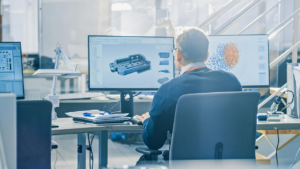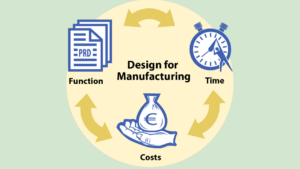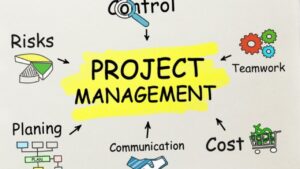In the modern era of manufacturing, where efficiency, precision, and adaptability are paramount, programming and automation have emerged as game-changers. These technologies are not merely buzzwords but the driving force behind industry transformation. In this blog, we’ll explore how programming and automation are revolutionizing manufacturing, reshaping the way we create, produce, and innovate.
The Power of Programming:
Programming lies at the heart of automation, empowering machines to perform tasks with unparalleled precision and speed. From controlling robotic arms on the factory floor to orchestrating intricate production processes, programming is the language of modern manufacturing.
Enhancing Efficiency:
Automation through programming is synonymous with efficiency. Repetitive and time-consuming tasks that once relied on human labor are now handled seamlessly by machines. This not only accelerates production but also reduces the margin of error, leading to consistently high-quality outputs.
Scalability and Adaptability:
One of the defining features of automation is its scalability. Manufacturers can easily scale up or down production as demand fluctuates. Moreover, with the right programming, machines can quickly adapt to new tasks and processes, making them versatile assets in today’s rapidly changing market landscape.
Data-Driven Decision-Making:
Programming and automation are data-driven. They collect, analyze, and utilize data to optimize processes and make informed decisions. This data-centric approach enables manufacturers to identify inefficiencies, predict maintenance needs, and continuously improve operations.
Quality Assurance:
Automation, guided by precise programming, ensures consistent product quality. Every product that rolls off the assembly line meets the same rigorous standards. This level of quality assurance is a hallmark of automated manufacturing.
Reducing Labor Costs:
While automation may replace some manual labor, it also reduces labor costs in the long run. This allows manufacturers to allocate human resources to more complex, creative, and value-added tasks, fostering innovation.
24/7 Productivity:
Machines do not need breaks or sleep. With programming and automation, manufacturing processes can run around the clock, dramatically increasing productivity and meeting tight deadlines.
Sustainability and Resource Efficiency:
Programmed automation is inherently resource-efficient. It optimizes material usage, reduces waste, and minimizes energy consumption, aligning with sustainability goals and environmental responsibilities.
Mitigating Risk:
Automation mitigates risks associated with human error. Precision programming ensures that processes are executed flawlessly, reducing the likelihood of accidents and costly mistakes.
The Future of Manufacturing:
As programming and automation continue to evolve, their role in manufacturing will only become more pronounced. Innovations like the Internet of Things (IoT) and Artificial Intelligence (AI) are further enhancing the capabilities of automated systems, ushering in a new era of smart manufacturing.
In conclusion, programming and automation are not mere tools but the driving force behind a manufacturing revolution. They enhance efficiency, ensure quality, reduce costs, and make manufacturing processes more adaptable than ever before. As we navigate the complexities of the modern industrial landscape, programming and automation are the compass guiding us toward a future of unprecedented productivity and innovation.






